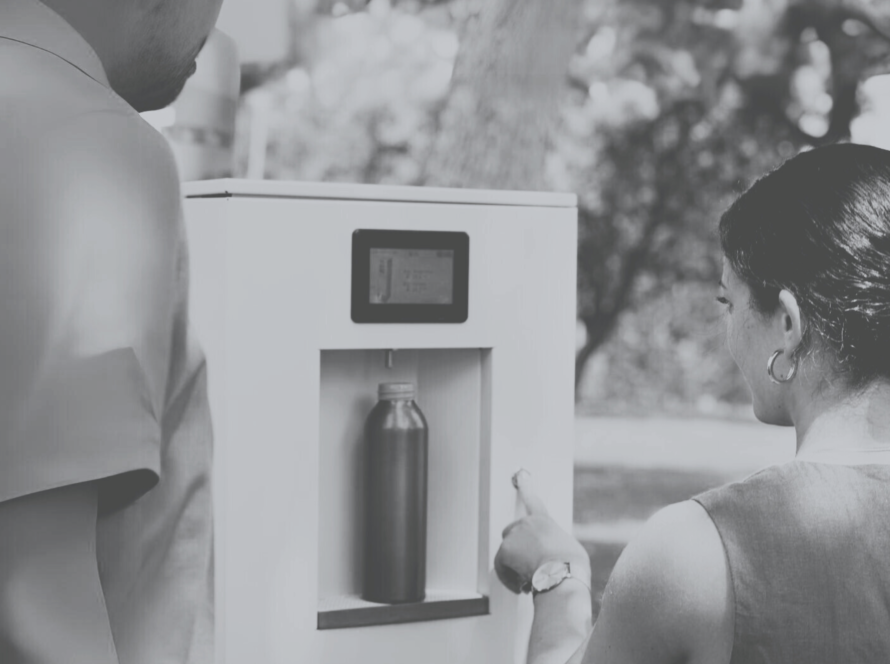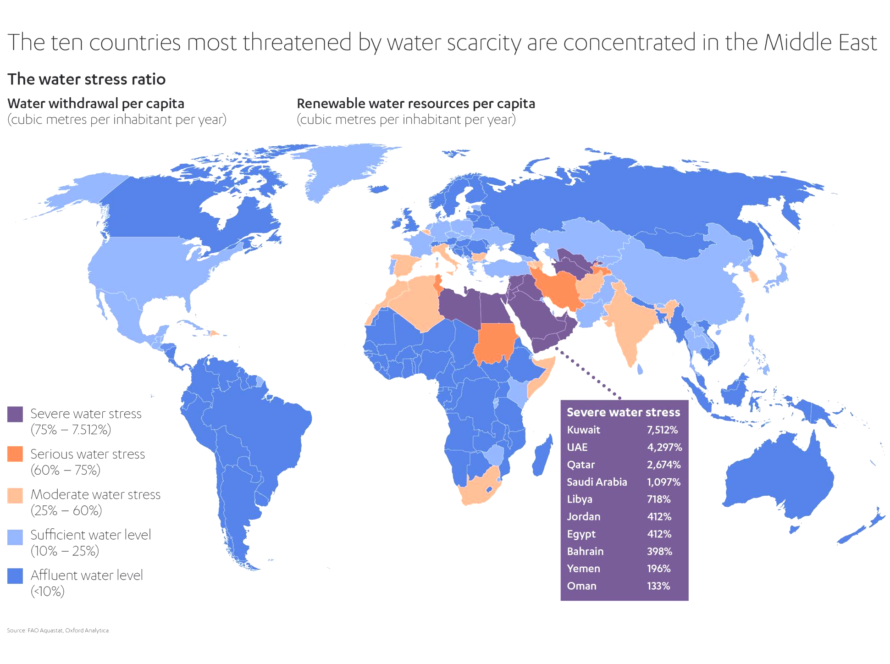As water scarcity becomes an increasingly pressing issue, exploring various methods for generating water is essential. Here are several effective technologies that entities can utilize to address this challenge:
1. Reverse Osmosis (RO)
Reverse osmosis is a widely used water purification technology that removes contaminants by forcing water through a semipermeable membrane. This method can effectively produce potable water from brackish or seawater, making it crucial for regions facing water shortages. RO systems can remove up to 95-99% of dissolved salts and contaminants .
2. Desalination
Desalination involves removing salt and other impurities from seawater to produce fresh water. This process is particularly vital in arid regions where freshwater resources are limited. While energy-intensive, advancements in technology are making desalination more efficient and cost-effective .
3. Water Recycling and Reuse
Treating and reusing wastewater can significantly augment water supplies. Technologies such as membrane bioreactors and advanced filtration systems allow for the safe reuse of water in agricultural, industrial, and even potable applications
Atmospheric Water Generation (AWG)
AWG technology extracts moisture from the air and condenses it into liquid water. This innovative method is particularly useful in humid climates and can provide a sustainable source of drinking water. Many entities can access AWG systems, which can produce several liters of water per day, depending on humidity levels.
Summary of Pros and Cons
| Method | Cost | Efficiency | Environmental Impact | Maintenance |
| Reverse Osmosis (RO) | Moderate | High | Negative Impact (high waste components) | Moderate |
| Desalination | High | High | Negative Impact (extremely high energy dependency) | High |
| Water Recycling and Reuse | Moderate | High | Positive Impact | Low |
| Atmospheric Water Generation (AWG) | Moderate | Variable | Positive | Moderate |
By examining these water generation methods, it becomes clear that a multifaceted approach is necessary to tackle water scarcity. Among these options, atmospheric water generation (AWG) emerges as a particularly compelling solution. Its ability to capture moisture from the air presents a sustainable and accessible alternative, especially for regions where humidity levels are favorable. As entities increasingly invest in AWG technology, they are paving the way for a future where clean water is more readily available to all.



